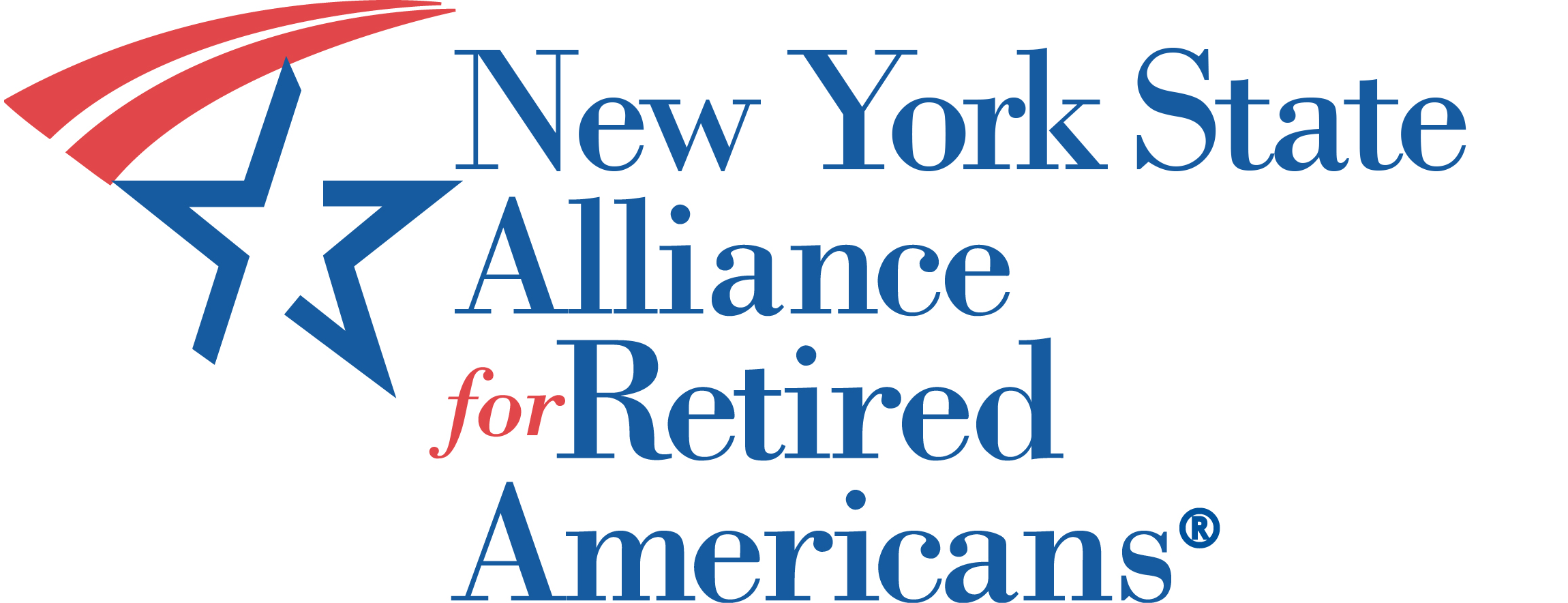Blog
April 07, 2025
Preparing for the Pain off Possible Mid-Year Budget Cuts in New York State
|
Albany is moving through the familiar choreography of creating an annual state spending plan while it’s quite possible that whatever the leaders come up with will be blown to bits later in the year by federal cuts. Republicans in Washington are looking to cut fraud, streamline government and make the 2017 tax cuts permanent before they expire at the end of the year. To do that, they will need to pass deep cuts to the federal budget, including to Medicaid. The financial pain is still theoretical at this point. Bill Hammond, senior fellow for health policy at the Empire Center, doesn’t believe the cuts are a certainty because the House and the Senate are not on the same page. “It’s not clear what Washington is going to do,” Hammond told Capital Tonight. Patrick Orecki, director of state studies at the Citizens Budget Commission (CBC), agrees, but urged the state to take some action now during budget talks. “They need to at least prepare for the possibility of federal cuts by doing two things. First of all, setting aside some money right now while they’re making the budget for next year. We think at least $2 billion is absolutely possible,” he said. The second task is to do the work of setting priorities. “It’s good to start thinking through that exercise now,” Orecki explained. Ed Ra, ranking minority member on the Assembly’s Ways and Means Committee, agrees with Orecki. “Democrats keep warning about thunderstorms while driving with the top down on the convertible” . “The impacts of federal fiscal actions are speculative at this point, but it’s prudent to be cautious and prepare for potential fiscal uncertainty. The Majority’s actions speak much louder than their rhetoric.” But the Hochul administration is standing firm, promising to call the legislature back into session if and when cuts take place. “We have a statutory constitutional deadline to pass a budget,” Budget Director Blake Washington told reporters on Monday. “We want to deal with the facts as they are today, not what could or could be in two months from now. And that’s what the plan is, to just to continue to engage with the legislature and address if there are any shortfalls.” HEALTH CARE In February, the House passed a budget resolution that directs the House Energy and Commerce Committee to make $880 billion in budget cuts over 10 years to many programs under the committee’s jurisdiction, one of which is Medicaid. The Senate doesn’t have a target anywhere close to that. Regardless of the specific numbers, New York is especially vulnerable to cuts to health care: In FY 2026, the state is expecting to receive $70.9 billion from Washington for Medicaid and the Essential Plan/Child Health Plus. It’s an issue that will affect every House member. The group Medicaid Matters recently created individualized Medicaid fact sheets by congressional district. In New York, 7 million people out of a population of 20 million are Medicaid enrollees. The largest cohort are women and children. Seniors represent a far smaller group in numbers, but according to Bea Grause, president of the Healthcare Association of New York, they make up the greatest per capita spending. “Three-quarters of the spending in nursing homes (in New York) is Medicaid spending,” Grause said, which means any cuts will hit an already anemic nursing home sector hard. Advocates warn that facility closures, staffing shortages and Medicaid underfunding are creating “nursing home deserts,” leaving seniors and their families struggling to find care. “There have been dozens of nursing homes that have closed in New York state,” Mark Olson, executive director of Shaker Place Rehabilitation & Nursing Center told Spectrum News 1’s Corey James. “What is happening is patients are backing up into the hospitals because they can’t be placed due to the lack of beds.” The Empire Center’s Hammond explained that the last time Congress and the Trump administration attempted anything like these changes was back in 2017 with the goal of repealing and replacing the Affordable Care Act. “The proposals on the table then…would have implemented cutbacks gradually, so that the first few years would have had a relatively modest effect on New York,” Hammond said. “So that’s a possibility here as well, that whatever they do will be phased in.” But Hammond is scratching his head over why the governor opted to increase Medicaid spending by 17% in her executive budget in January, and why both houses of the legislature pushed that increase even further. “I do think it’s reckless for the governor and the legislature to kind of plow ahead with a budget that calls for a big increase,” he said. “I don’t see the justification for it other than politics. The health care industry is politically influential, and the governor wants them on her side when she runs for reelection.” Hammond speculated that if the state needed to respond to federal cuts, the governor might ask all sectors to “take a haircut” – a flat percentage cut across the board. |
